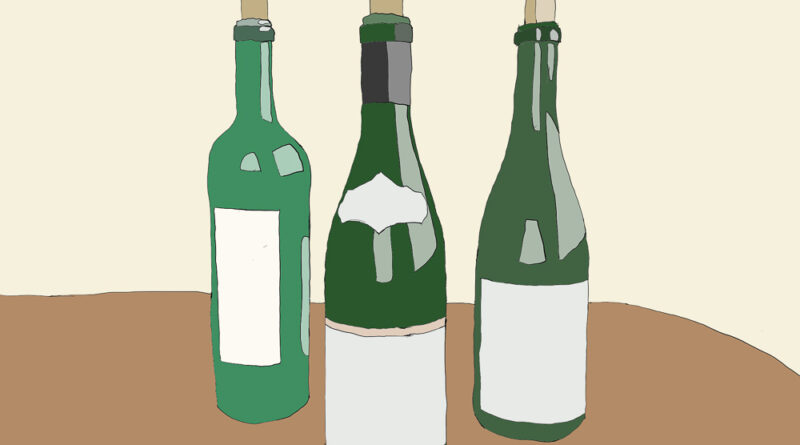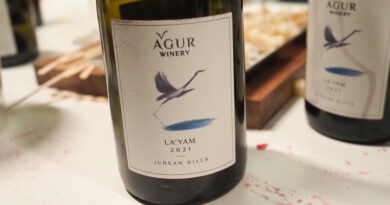Why alternative packaging for wine has struggled
Jamie Goode argues that we are unconsciously wedded to the wine bottle.
There is a recurring cycle in the world of wine.
Someone smart from another industry enters the wine sector. They complain about the lack of innovation in wine. Here’s an industry that’s stuck in the past, and one of the areas where innovation is needed is in packaging.
Most wine is sold in glass bottles. There are some 19.5 billion of them filled and emptied each year (this is excluding the smallest single-serve bottles). Glass is heavy and breakable, and while it does a brilliant job at preserving wine and is recyclable, this adds to the carbon footrprint of the wine industry.
So the smart person proposes alternatives and champions them. PET bottles, bag-in-box, cans and even postable flattened plastic bottles. The problem is, these end up being niche or special occasion formats, and have largely failed to win the sort of support that they should, because there are strong arguments in their favour. [One exception would be the traction that bag-in-box has gained in Scandanavian countries, but there are ‘occasion’ reasons behind this.]
Why have bottles maintained their strong position in the face of more practical alternatives?
This is because wine isn’t just the liquid in the bottle. Wine is a sensory object, in that we think not only of its flavour, but also of how we encounter it and how we use it. We have grown to associate the packaging – in a bottle, with an in neck closure that we remove with a corkscrew, and the contents of which we pour into a glass – with ‘wine’. The bottle is part of wine.
It’s a strong, enduring association for most people. I also think it’s why screwcaps have struggled to fulfil their promise as a wine bottle closure. With the exception of Australia and New Zealand, screwcaps haven’t had the success they should have, given their taint-free performance, ease of opening, and resealability. Of the 19.5 billion bottles sealed each year, screwcaps seal fewer than 5 billion, while in-neck closures that have to be removed with a corkscrew do the remainder. Taking the cork out is strongly associated with wine.
The bottle is so strongly associated with wine in our understanding of this sensory object, that some bag-in-box wines have images of bottles on their packaging.
Obviously, we can cope with alternative packaging. It has achieved some market penetration. It’s just that unconsciously we feel we are missing something when wine doesn’t come in a bottle. Think of restaurants: people will drink wine from a carafe, but they generally prefer to have the bottle on the table. If they are buying wine by the glass, they like to see the wine being poured from a bottle, rather than brought over in a glass without seeing it poured. It is not a strong unconscious bond, but it exists for most people.
I’m a big advocate of restaurant bottle-free systems such as Keykeg and Petainer (see my review here): they make so much sense in terms of carbon footprint, staff time and waste, and don’t compromise wine quality. But knowing the importance of the bottle as part of the sensory object that is wine, I understand why they haven’t been more widely adopted.




